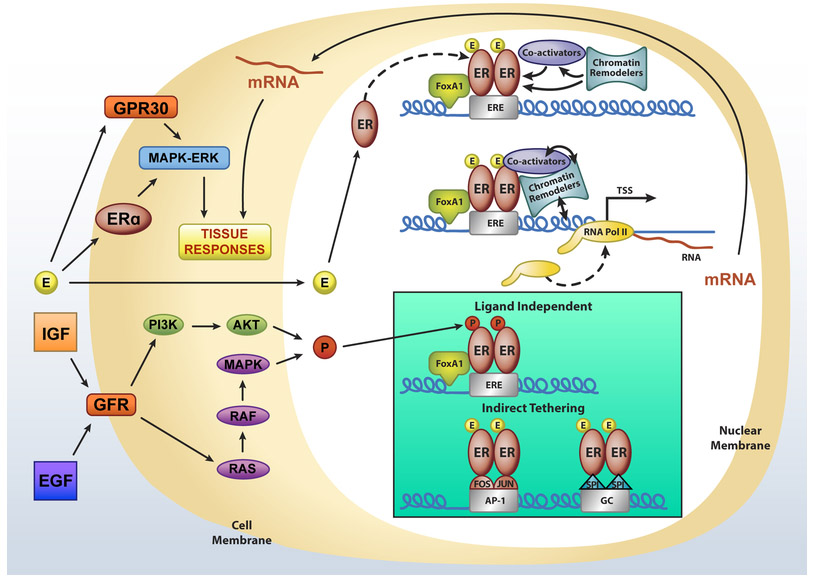Figure 1. Cellular Mechanisms of Estrogen Action.
Model of nuclear and non-nuclear estrogen receptor action. Estrogen (E circles) and estrogen receptor (ER) complex binds directly to the regulatory DNA elements (estrogen responsive element (ERE) recruiting additional factors involved in transcriptional regulation. ER can also bind indirectly through a tethering mechanism to AP1 or Sp1 binding sites (GC) to regulate transcription. Growth factors (IGF, EGF) can phosphorylate ER through membrane growth factor receptor (GFR) mediated intracellular signaling pathways (P circles) to regulate gene expression in the absence of ligand (nuclear action). Estrogen also binds and activates membrane ERα or GPR30, inducing the intracellular signaling pathway (non-nuclear action) that is rapid.

